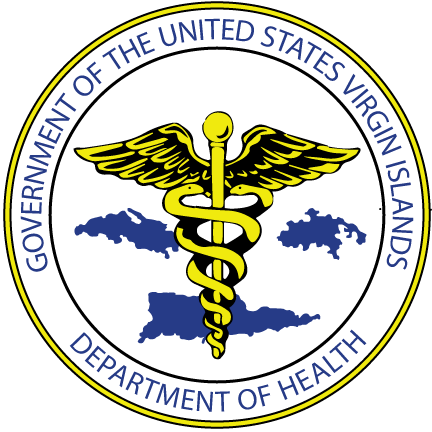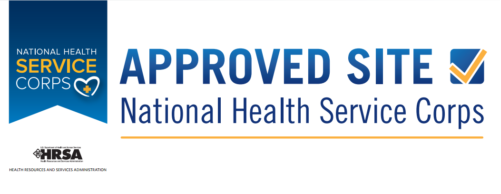U.S. VIRGIN ISLANDS – The VI Department of Health alerting the public that Hand, Foot, and Mouth Disease (HFMD) continues to spread among children on St. Thomas. To date, there are a total of 189 reported HFMD cases. One case of HFMD has been reported on St. Croix.
“Since our initial advisory, the department has received significant reports of additional cases of HFMD,” said Health Commissioner Justa Encarnacion. “I am strongly urging parents, caregivers, daycares and schools to take the necessary precautions to prevent the spread of this highly contagious virus.”
Commissioner Encarnacion also noted that the department has not received reports of HFMD from healthcare providers or childcare facilities on the island of St. John.
“But that does not mean that there are no cases in St. John,” Commissioner Encarnacion said. “Data from healthcare providers and other sources does not always include the home addresses of young children with confirmed cases of HFMD. Some may reside in St. John but travel to St. Thomas for care.”
HFMD is a common illness that primarily affects children under 5 years old and usually causes fever, sore throat, painful mouth sores that blister, and rash on the hands and feet. Most people get better on their own in seven (7) to 10 days.
HFMD is spread through droplets with virus particles made after a person sneezes, coughs, or talks, contaminated surfaces, and by fluid from blisters and stool.
There is no specific treatment for HFMD, and the infection typically resolves on its own within seven (7) to 10 days. Supportive care includes:
- Staying hydrated by drinking plenty of fluids
- Over-the-counter pain relievers such as acetaminophen or ibuprofen (for fever and discomfort)
- Soothing mouth rinses or sprays to relieve sore throat pain
- Adequate rest to support recovery
Parents and caregivers should be especially vigilant in practicing good hand hygiene and in monitoring their children for symptoms and keeping them at home if they’re ill. Additionally, children with symptoms should not be sent to school or daycare and should remain at home until there is no fever for at least 24 hours without fever reducing medicine and rash or blisters have dried.
To prevent wider spread, the department’s Epidemiology Division is providing phone consultations and in-person visits for direct observation and infection control training to affected schools and daycares.
To reduce the risk of contracting or spreading HFMD, the VI Department of Health recommends the following precautions:
- Wash hands often with soap and water for at least 20 seconds, especially after changing diapers, using the toilet, and coughing, sneezing, or blowing your nose.
- Help children wash their hands and keep blisters clean.
- Avoid touching your face with unwashed hands, especially your eyes, nose, and mouth.
- Clean and disinfect frequently touched surfaces and shared items, including toys and doorknobs using a bleach solution of 1 gallon of water with ¼ cup of bleach
- Avoid close contact with an infected person, such as hugging or kissing them
Dr. Esther Ellis, Territorial Epidemiologist reminds daycares and schools that the department “does not recommend closures for HFMD. Instead, we recommend enhanced hand hygiene protocols and environmental cleaning efforts for all schools and childcare settings,” she said.
The Epidemiology Division is closely monitoring the situation and will continue to provide updates as needed. Schools and providers should report cases of HFMD to Epidemiology Division by emailing epi@doh.vi.gov.
Residents experiencing symptoms or seeking additional guidance are encouraged to contact their healthcare provider.
For more information about HFMD, visit https://www.cdc.gov/hand-foot-mouth/about/index.html .
###

